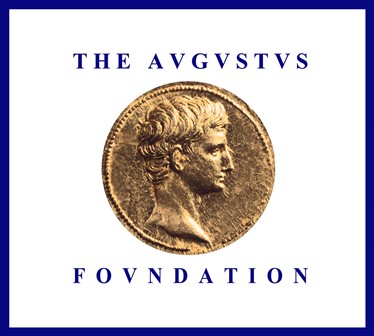
|
 |
- Home
- News
- Team
- Databases
- Conferences
- Oxford Studies on the Roman Economy
- Coin Hoards of the Roman Empire Project
- Affiliated Projects
- Publications
- Bibliographies
- Working Papers
- Links

Franconi: River Trade and the Supply of Amphorae to the Rhine Frontier
23-12-2011 | ||||
River Trade and the Supply of Amphorae to the Rhine Frontier This paper seeks to examine the ways through which the Rhine frontier of the Roman empire received amphora-borne products over the course of the first three centuries C.E. While it has long been argued that the riverways of Gaul allowed for high levels of traffic into the continent, quantitative evidence for these trade routes has been noticeably lacking, leaving us with many assumptions and few facts. This paper examines the riverine networks of northwest Europe and the extent of their navigability, taking into account key factors such as flow direction, flow velocity, flow output, and seasonal variations in these figures. It then examines the quantified amphora assemblages of some 40 excavated sites along the 1,200 km length of the Rhine River, taking a panoptic and comparative view toward the evidence. Such an approach allows one to speak of regional and microregional networks of supply and whether or not they were facilitated by river trade. Other methods of travel, (i.e., roads and the sea), are examined as possible alternatives, with an eye toward reevaluating the long-held belief that rivers were always more cost efficient than roads, and that the sea was the most cost effective. This paper argues that, while this hierarchy of transport convenience may hold in theory, in practice it is much more complex. In doing so, this case study develops a more nuanced view of the ways in which a region could be supplied over time. |
Webdesign, databasedesign: Miko Flohr, 2010-2025. Content: OXREP, 2005-2025.